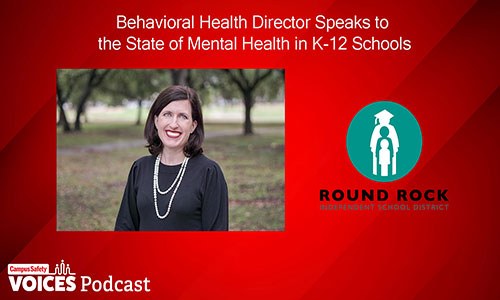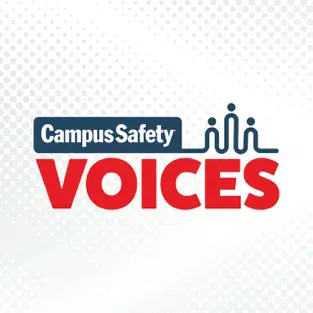Last fall, three children’s health groups declared a national state of emergency in child and adolescent mental health, citing the pandemic as a driving force.
While it was a daunting declaration, it wasn’t particularly surprising for many who work with K-12 students since data from the Centers for Disease Control and Prevention (CDC) previously found between March and October 2020, emergency department visits for mental health emergencies rose by 24% for children ages 5-11 and 31% for children ages 12-17.
Additionally, emergency department visits for suspected suicide attempts increased nearly 51% among girls ages 12-17 in early 2021 compared to the same period in 2019.
Now that most schools are back to in-person learning, or at least a hybrid model, Campus Safety wanted to speak to mental health professionals working with K-12 students to get a further grasp on this data and to see how or if the transition away from remote learning has made a difference.
Amy Grosso, who is the Director of Behavioral Health Services for the Round Rock Independent School District (ISD) in Texas, chatted with us about what she has seen happening with her students and adjustments that have been made by the district to accommodate their evolving needs.
Grosso oversees a team of 15 mental health counselors and social workers, which is housed within the district’s police department. The counselors work hand-in-hand with the police chief and other officers to ensure they are looking at the holistic needs of students. Together, they determine how they can jointly assess students’ needs instead of resorting to arresting.
“I got hired two years ago and at that point, I was a party of one. To see from that time and to now be to 15 is extraordinary. I think it really shows the district’s commitment, but also the need we’re seeing within schools,” she told Campus Safety. “It’s not like mental health was wonderful for our students pre-pandemic. [The pandemic] shut things down so that people are not getting earlier intervention or care than maybe they had before. Some people have had a harder struggle or more difficulties during the pandemic, and we all respond differently. So even if maybe it looked like on the outside, my life was great as a student, the isolation, loneliness or anxiety from everything that was going on could have had a tremendous impact on me.”
When people think of mental health, they often think of someone in a crisis. However, Grosso emphasized the importance of recognizing signs of mental health struggles before they reach the crisis level.
“All of us, just like we have physical health, we have mental health. And if we’re not proactive about it, that’s when we can maybe miss some signs and symptoms that are coming up that we might need help. Anybody at any time can have a struggle,” she said. “It runs the gamut of how people experience a mental health concern, and I think in schools, we’re used to dealing with that crisis point. If a student is in crisis, we know what to do because we need to know what to do. But we may not pay attention as much on the prevention part. We have to be doing all of those.”
We spoke more in-depth about how she has seen student mental health evolve over the past two years (4:29), how student mental health issues have been manifesting in students (7:56), programs or strategies the district has in place to address mental health challenges, and how those programs have been altered to fit students’ evolving mental health needs (9:59), and some of the challenges and barriers the district has come across while doing so (16:17).
Grosso also spoke to:
- Changes she’s noticed in students and teachers now that most are back in the classroom (18:40)
- How adult mental health (20:51) and teacher mental health (23:36) has been affected since the pandemic
- What students are seeking from the district to help them cope with mental health struggles (22:33)
- Programs and trainings the district has in place to help teachers recognize mental health challenges (26:20)
- What campus police can do to help students with their mental health (32:38)
If you or a loved one are struggling with suicidal thoughts, you can text TALK to 741741 or initiate an online chat at suicidepreventionlifeline.org/chat/. Additional resources can also be found at SpeakingOfSuicide.com/resources.









